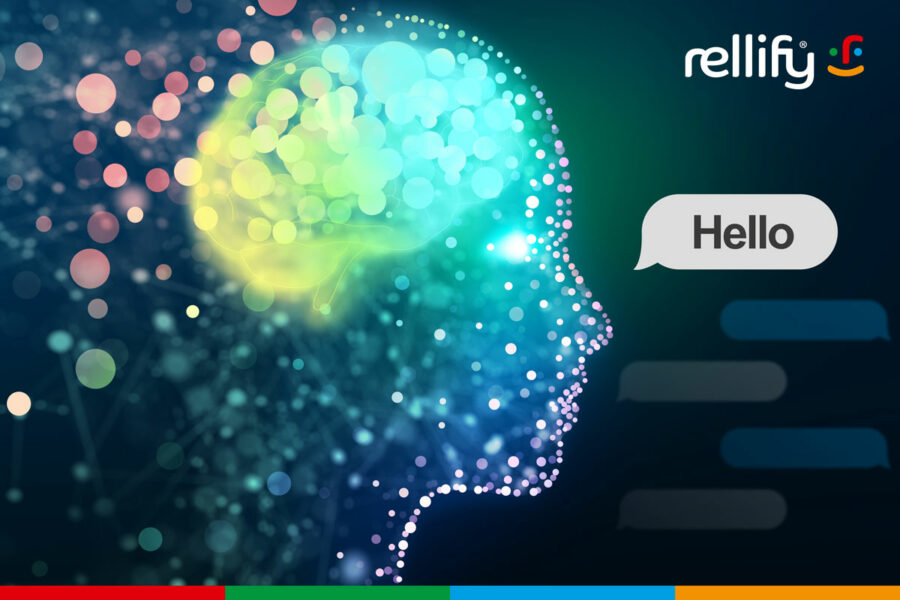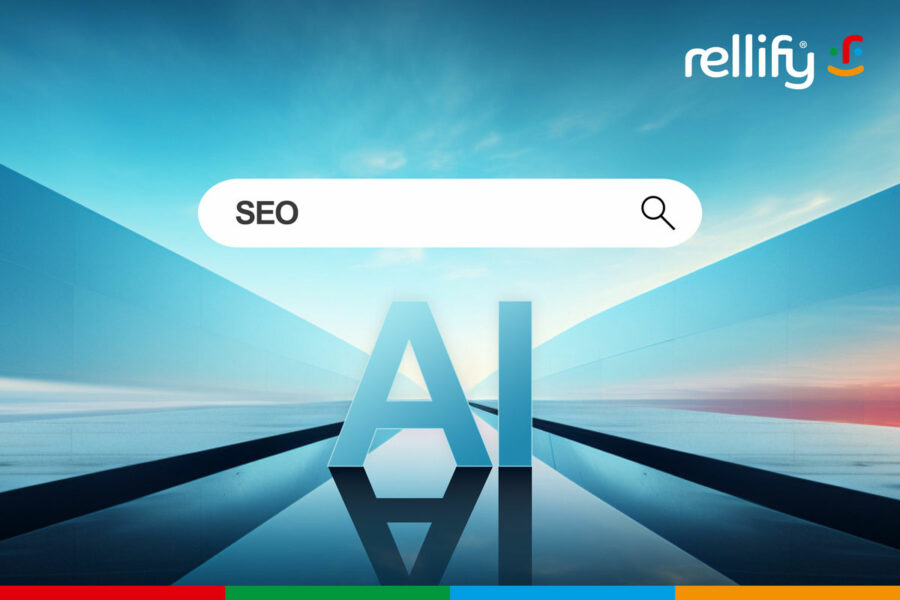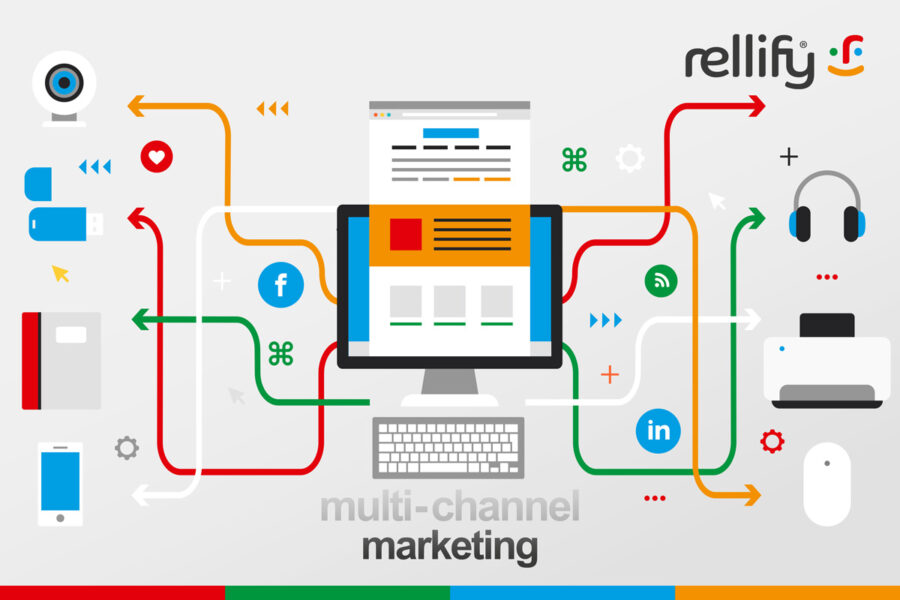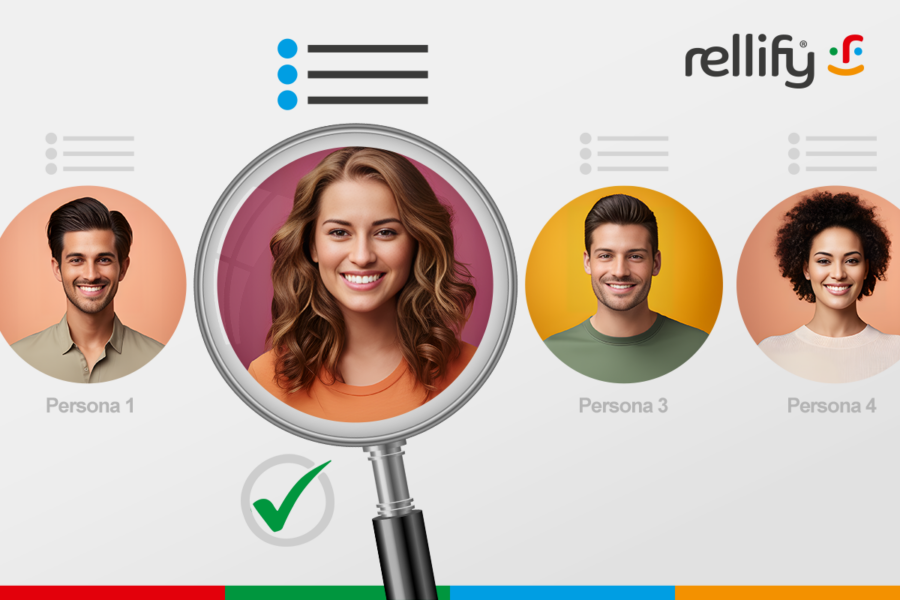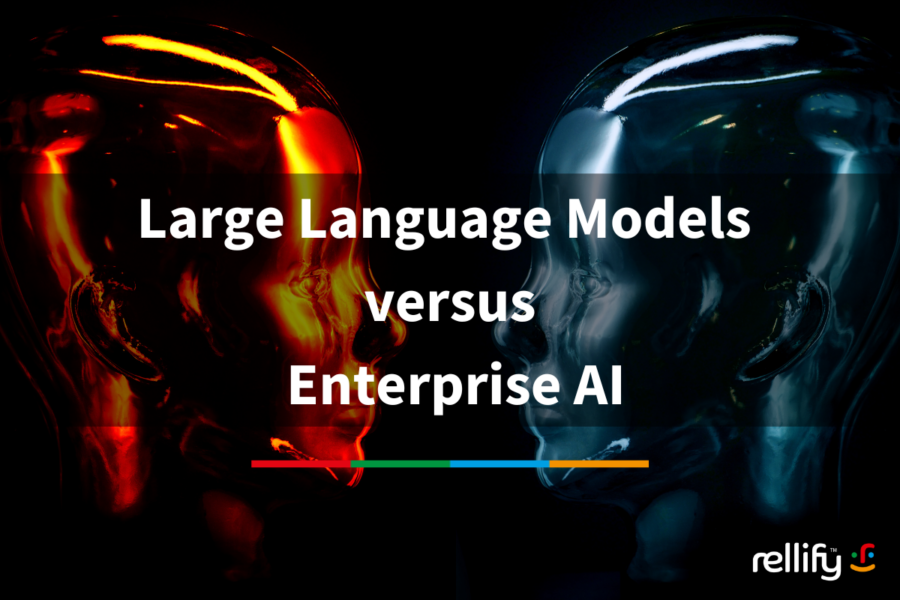Rellify helps you improve the quality of your content by producing content tailored to the search intentions of your target audience. Success in content marketing depends on your content strategy and the quality of your content. Reach out to Rellify to learn more how we can help you.
Rellify's Blog

